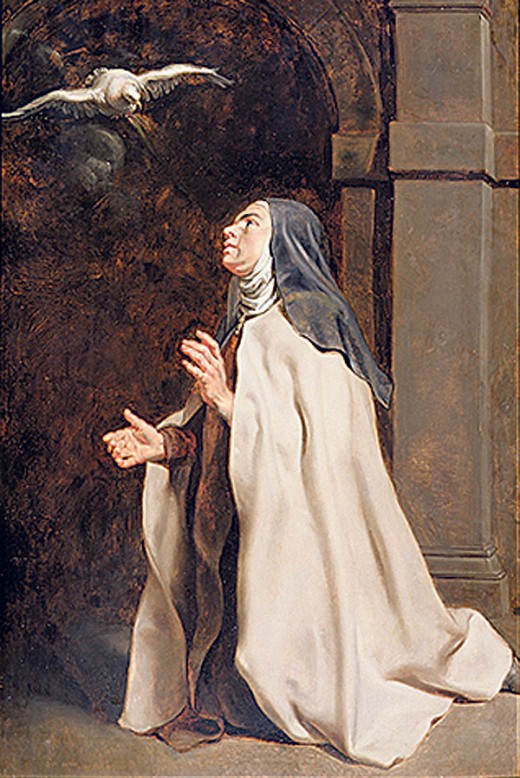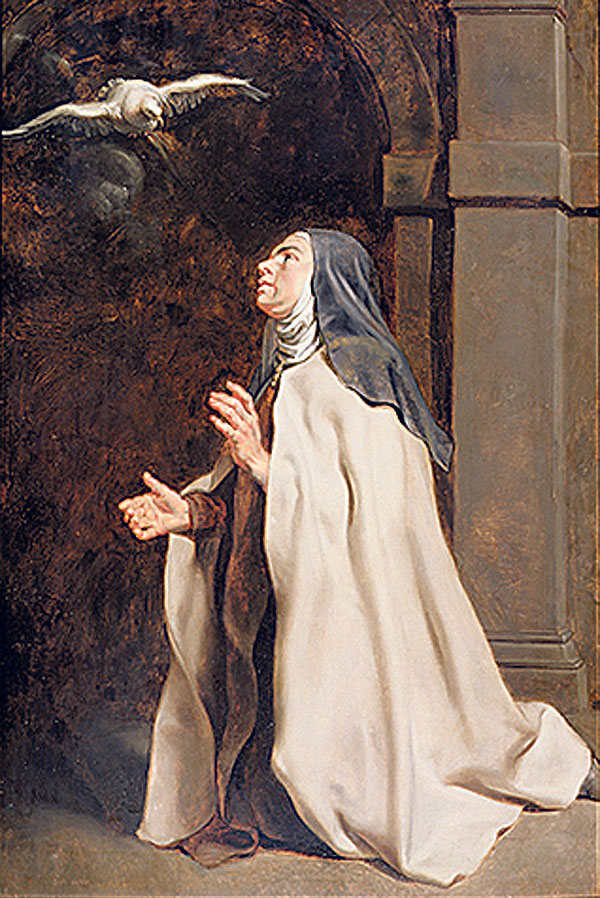On her 500th anniversary, what is Teresa’s large idea?
Sacred Mysteries: St Teresa of Avila is an agreeable figure and used to be the primary lady to be made a physician of the Church. So what’s she teaching us?
it’s 500 years because the beginning of St Teresa of Avila. Her birthday is March 28, however the whole of 2015 is full of commemorative situations.
There’s no doubting her affect. The earlier Archbishop of Canterbury, Rowan Williams, wrote a e-book about her. He had read her autobiography as an adolescent. Edith Stein, too, had read the autobiography, all one night time in 1921. “once I had finished the e-book, I mentioned to myself: that is the truth.” She was murdered by way of the Nazis in 1942 and is acknowledged as a martyr.
St Teresa is approachable, right down to earth, humorous. Friendship was considered one of her talents. In 1970 she was declared a health care provider of the Church. however what is she meant to show us?
i think it is one thing specific about prayer. but it surely has little to do together with her visions (similar to glimpsing the dove of the Holy Spirit, as painted through Rubens, above) or the locutions she heard in her thoughts’s ear. I don’t doubt them, and that i’d be surprised if most of the people haven’t had something of the kind at some time. however she declared that they have been of no significance, and from the first distrusted them. She obeyed the powerful recommendation from an early non secular director to offer the fig (dar higa) rudely to any imaginative and prescient that seemed.
Teresa needed to make her approach as a woman in a 16th-century man’s world. but she had the nice fortune, thanks to the exceptionally liberal coverage of the formidable Cardinal Ximénes de Cisneros, so as to learn books on spirituality in Spanish. one who changed her life, when she used to be 25, had the title of The third non secular Alphabet, by way of Francisco de Osuna.
She took from him the idea that somebody can undertake mental prayer, contemplative prayer, not simply saying prayers verbally. namely, Francisco explains that the teacher of prayer is Jesus Christ. No earthly academics can really tell some other the right way to pray. All they are able to propose is to be constant in devoting a given time to prayer.
Teresa used to be very curious about the knowledge that God is present within human beings. She observed “holding your eyes” on Jesus, who was once crucified. She didn’t imply that folks must limit themselves to imagining what Jesus would possibly appear to be. It was a question of presence.
I had forgotten, until I came across it again whereas writing this, that the Catechism of the Catholic Church, in discussing prayer, charges St Teresa: “Contemplative prayer (oración mental) individually is nothing else than a close sharing between friends; it method taking time often to be by myself with him who we all know loves us.” So it is a two-means process.
indeed, her conviction that distractions in prayer have been to be neglected, and made no difference, used to be supported by her consciousness that the presence of God in prayer used to be real, no longer just a subjective frame of mind to be captured. The task of prayer was once that of God within the soul more than that of the Christian sitting in his presence.
here she took the other path to so-called alumbrados, illuminists whose orthodoxy was deeply suspected in St Teresa’s time. They clung to preternatural signs from God. Teresa, for years bereft of discernible ideas all the way through her daily hours of prayer, knew that God’s work within the soul used to be now not at all times obvious to the imagination, and even the mind. If in any respect, it is usually viewed by means of the best way the praying person embraced the desire of God in her life.
Teresa’s method of prayer used to be no longer a kind of mystical Buddhism. What made it different used to be her reliance on the humanity of Jesus, the fact of his having develop into a person and retained the human flesh to which human beings are so accustomed in their very own lives that they either disregard it or mistake it for a drawback.
This incarnational spirituality brought Teresa’s life of prayer into her day by day life of pots and pans and outwitting the bureaucratic or malign characters who tried to squash her energies in returning to the essential spirit of the Carmelite order she reformed.
Telegraph Columnists: day by day opinion, editorials and columns from our celebrity writers
(91)















